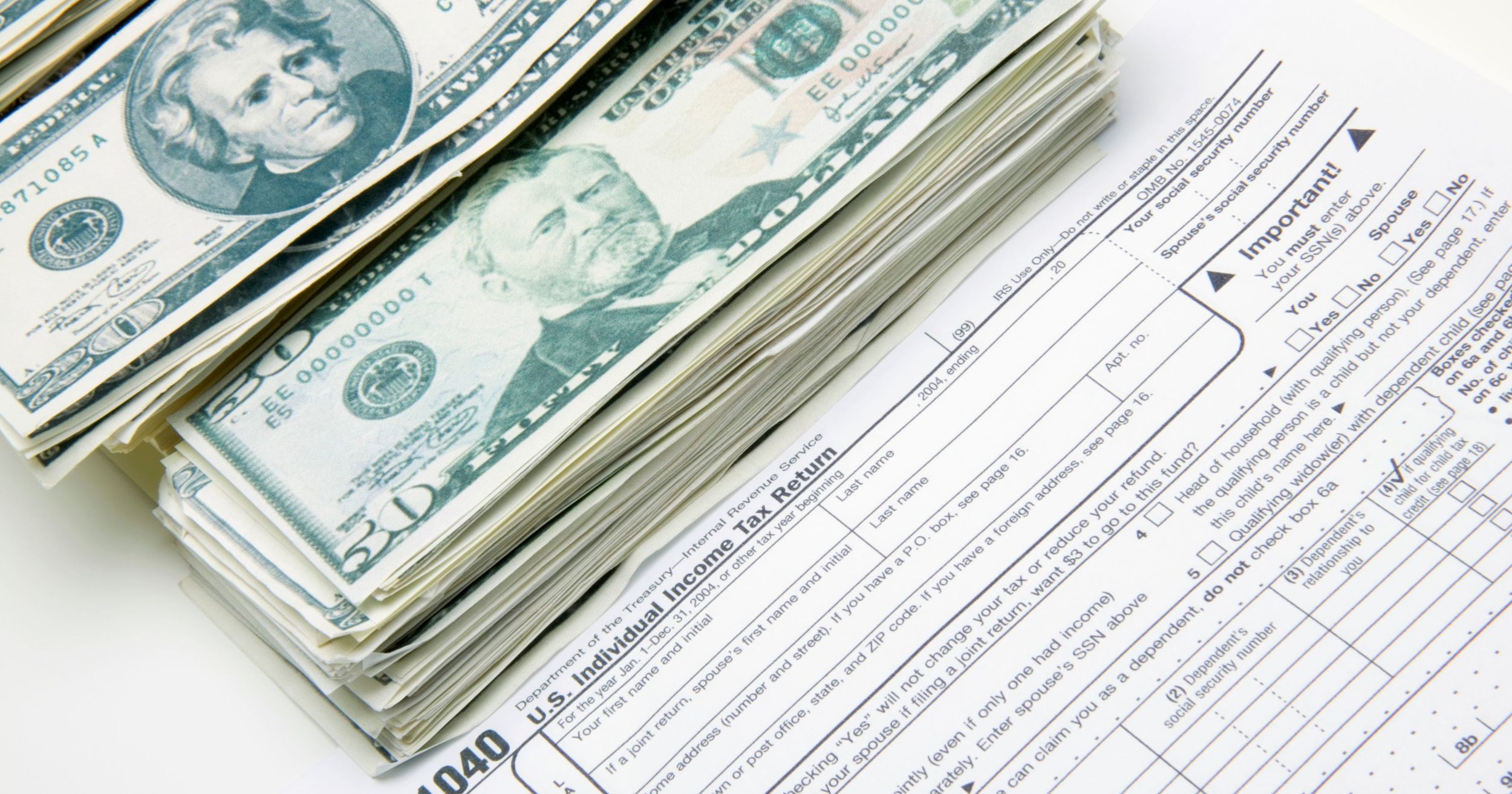In 48 states plus the District of Columbia, women-owned restaurant businesses grew faster than the state’s overall restaurant industry between 2007 and 2012, according to the NRA’s Chief Economist Bruce Grindy. His Economist’s Notebook commentary and analysis appears regularly on Restaurant.org and Restaurant TrendMapper.
Women-owned restaurant businesses grew at a rate more than three times faster than the overall restaurant industry in recent years, according to newly-released data from the U.S. Census Bureau. Between 2007 and 2012 (most recent data available), the number of women-owned restaurant businesses in the U.S. jumped 40 percent. During the same five-year period, the total number of restaurant businesses in the U.S. rose 12 percent.
As a result of these strong gains, 33 percent of restaurant businesses are majority-owned by women – up from 26 percent in 2007. Another 15 percent of restaurant businesses are equally-owned by women and men. Taken together, nearly one-half of all restaurant businesses in the U.S. are at least 50-percent-owned by women.
Throughout most of the country, women-owned businesses have been driving growth in the restaurant industry in recent years. In fact, in 48 states plus the District of Columbia, women-owned restaurant businesses grew faster than the state’s overall restaurant industry between 2007 and 2012.
Mississippi saw the fastest growth in women-owned restaurant businesses between 2007 and 2012, at 95 percent. Delaware (86 percent), Nevada (73 percent) and Arizona (71 percent) also saw strong growth in the number of women-owned restaurant businesses during the five-year period.
The states with the highest proportion of restaurant businesses that are majority-owned by women are Georgia (44 percent), Mississippi (43 percent), Texas (42 percent), Alabama (41 percent) and Louisiana (40 percent).
The states with the highest proportion of restaurant businesses that are at least 50-percent-owned by women are Montana (63 percent), Idaho (62 percent), Wyoming (62 percent), Washington (61 percent) and North Dakota (59 percent).














